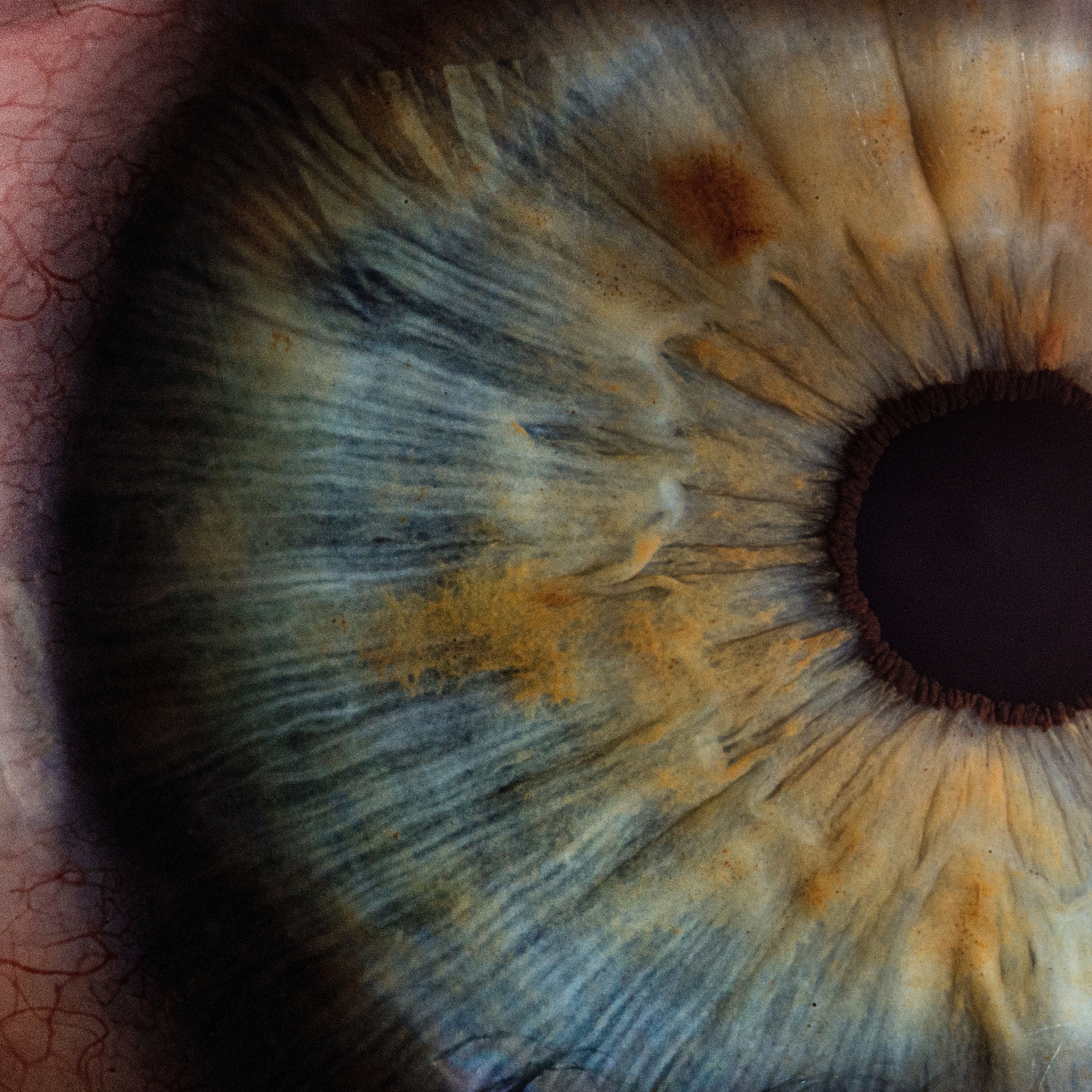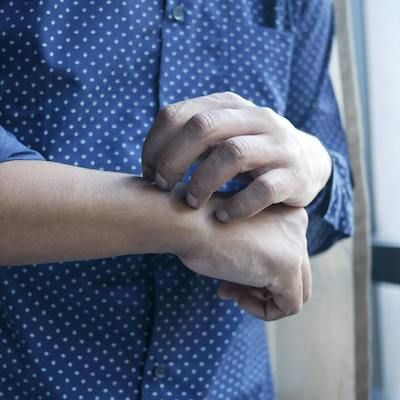News
Article
2 Doses of Depemokimab Shows Long-Lasting Efficacy for CRSwNP in Phase 3 Trials
Author(s):
Key Takeaways
- Depemokimab, administered biannually, effectively reduces blood eosinophil counts in CRSwNP patients over 52 weeks, as shown in phase 3 trials.
- The biologic's enhanced IL-5 binding affinity and prolonged half-life enable its twice-yearly dosing, offering sustained suppression of type 2 inflammation.
Phase 3 ANCHOR-1/2 data support depemokimab as a twice-yearly treatment for CRSwNP, effectively reducing blood eosinophil counts over 52 weeks.
Martin Desrosiers, MD
Credit: McGill University

A phase 3 trial found that 2 doses of depemokimab was a sufficient concentration to effectively lower blood eosinophil counts over 52 weeks in patients with chronic rhinosinusitis with nasal polyps (CRSwNP).1
Presented at the 2025 American Academy of Allergy, Asthma, & Immunology (AAAAI) in San Diego from February 28 – March 3, ANCHOR-1/2 supported depemokimab as a twice-yearly treatment for CRSwNP.
“Globally millions of people suffer from uncontrolled CRSwNP, the majority of whom will exhibit markers of type 2 inflammation,” said Kaivan Khavandi, SVP, Global Head of Respiratory/Immunology R&D at GSK, in a statement back in October 2024.2 “These patients have high corticosteroid exposure and often experience recurrence of nasal polyps following surgery. We're very encouraged by the results from the ANCHOR studies, which demonstrate the potential for depemokimab to offer targeted and sustained suppression of a key inflammatory pathway underlying nasal polyp growth and nasal obstruction.”
Depemokimab is the first ultra-long-acting biologic engineered designed with enhanced interleukin-5 (IL-5) binding affinity, increased potency, and prolonged half-life, allowing for twice-yearly dosing.1 Investigators, led by Martin Desrosiers, MD, from the University of Montreal, sought to assess the pharmacokinetic and pharmacodynamic durability of depemokimab in the randomized, double-blind, placebo-controlled phase 3 ANCHOR-1/2 trials.
The study included 272 adults with inadequately controlled CRSwNP, previous nasal polyps surgery, or treatment with or intolerance to systematic corticosteroids. Participants were randomized 1:1 to receive depemokimab 100 mg subcutaneously or placebo every 26 weeks over 52 weeks. The team collected data on depemokimab plasma concentrations and blood eosinophil counts.
At the first assessment post-administration, the mean depemokimab concentration was 10.65 μg/mL. Patients had the lowest concentrations at week 26 (1.02 μg/mL). By week 52, the mean concentration was 1.25 μg/mL.
Baseline geometric mean blood eosinophil count was 344 cells/ μg (95% confidence interval [CI], 312 – 379) for participants receiving depemokimab (n = 272) and 322 cells/ μg (95% CI, 290 – 357 cells/μL) for participants receiving placebo (n = 256). This indicates that, before treatment, both groups had similar blood eosinophil levels.
At week 4, the blood eosinophil count ratio to baseline for depemokimab, compared with placebo, was 0.104 (95% CI, 0.091 – 0.118; P < .001). Investigators observed sustained relative reductions through the first (week 26: 0.168; 95% CI, 0.148 – 0.191; P < .001) and second (week 52: 0.153; 95% CI, 0.133 – 0.176; P < .001) dosing intervals. The findings were consistent across the ANCHOR-1/2 trials.
“Two doses of depemokimab achieved sufficient concentrations to effectively suppress BEC over 52 weeks, reflecting sustained anti–IL–5 biological effect and impact on type 2 inflammation,” investigators concluded. “These findings support depemokimab as a twice-yearly option for patients with CRSwNP.”
References
Desrosiers, M, Schalkwijk, S, Edwards, D, et al. Pharmacokinetics and Pharmacodynamics of Twice-Yearly Depemokimab in the Randomized, Double-Blind, Placebo-Controlled Parallel Phase III ANCHOR-1/2 Trials. Journal of Allergy and Clinical Immunology, Volume 155, Issue 2, AB455.
GSK announces positive phase III results from ANCHOR trials for depemokimab in chronic rhinosinusitis with nasal polyps. GSK. October 14, 2024. https://www.gsk.com/en-gb/media/press-releases/gsk-announces-positive-phase-iii-results-from-anchor-trials/. Accessed February 24, 2025.





